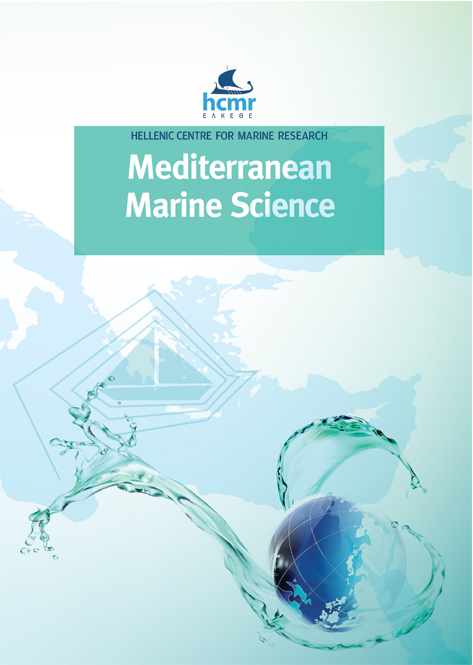Toward the widespread application of low-cost technologies in coastal ocean observing (Internet of Things for the Ocean)

Abstract
The ability to access user-friendly, low-cost instrumentation remains a limiting factor in coastal ocean observing. The majority of currently available marine observation equipment is difficult to deploy, costly to operate, and requires specific technical skills. Moreover, a harmonized observation program for the world’s coastal waters has not yet been established despite the efforts of the global ocean organizations. Global observational systems are mainly focused on open ocean waters and do not include coastal and shelf areas, where models and satellites require large data sets for their calibration and validation. Fortunately, recent technological advances have created opportunities to improve sensors, platforms, and communications that will enable a step-change in coastal ocean observing, which will be driven by a decreasing cost of the components, the availability of cheap housing, low-cost controller/data loggers based on embedded systems, and low/no subscription costs for LPWAN communication systems. Considering the above necessities and opportunities, POGO’s OpenMODs project identified a series of general needs/requirements to be met in an Open science development framework. In order to satisfy monitoring and research necessities, the sensors to be implemented must be easily interfaced with the data acquisition and transmission system, as well as compliant with accuracy and stability requirements. Here we propose an approach to co-design a cost-effective observing modular instrument architecture based on available low-cost measurement and data transmission technologies, able to be mounted/operated on various platforms. This instrument can fit the needs of a large community that includes scientific research (including those in developing countries), non-scientific stakeholders, and educators.
Article Details
- How to Cite
-
MARCELLI, M., PIERMATTEI, V., GERIN, R., BRUNETTI, F., PIETROSEMOLI, E., ADDO, S., BOUDAYA, L., COLEMAN, R., NUBI, O. A., JOJANNES, R., SARKER, S., SOHOU, Z., ZENNARO, M., WHILTSHIRE, K., & CRISE, A. (2021). Toward the widespread application of low-cost technologies in coastal ocean observing (Internet of Things for the Ocean). Mediterranean Marine Science, 22(2), 255–269. https://doi.org/10.12681/mms.25060
- Issue
- Vol. 22 No. 2 (2021)
- Section
- Research Article
Authors who publish with this journal agree to the following terms:
- Authors retain copyright and grant the journal right of first publication with the work simultaneously licensed under a Creative Commons Attribution Non-Commercial License that allows others to share the work with an acknowledgement of the work's authorship and initial publication in this journal.
- Authors are able to enter into separate, additional contractual arrangements for the non-exclusive distribution of the journal's published version of the work (e.g. post it to an institutional repository or publish it in a book), with an acknowledgement of its initial publication in this journal.
- Authors are permitted and encouraged to post their work online (preferably in institutional repositories or on their website) prior to and during the submission process, as it can lead to productive exchanges, as well as earlier and greater citation of published work (See The Effect of Open Access).





